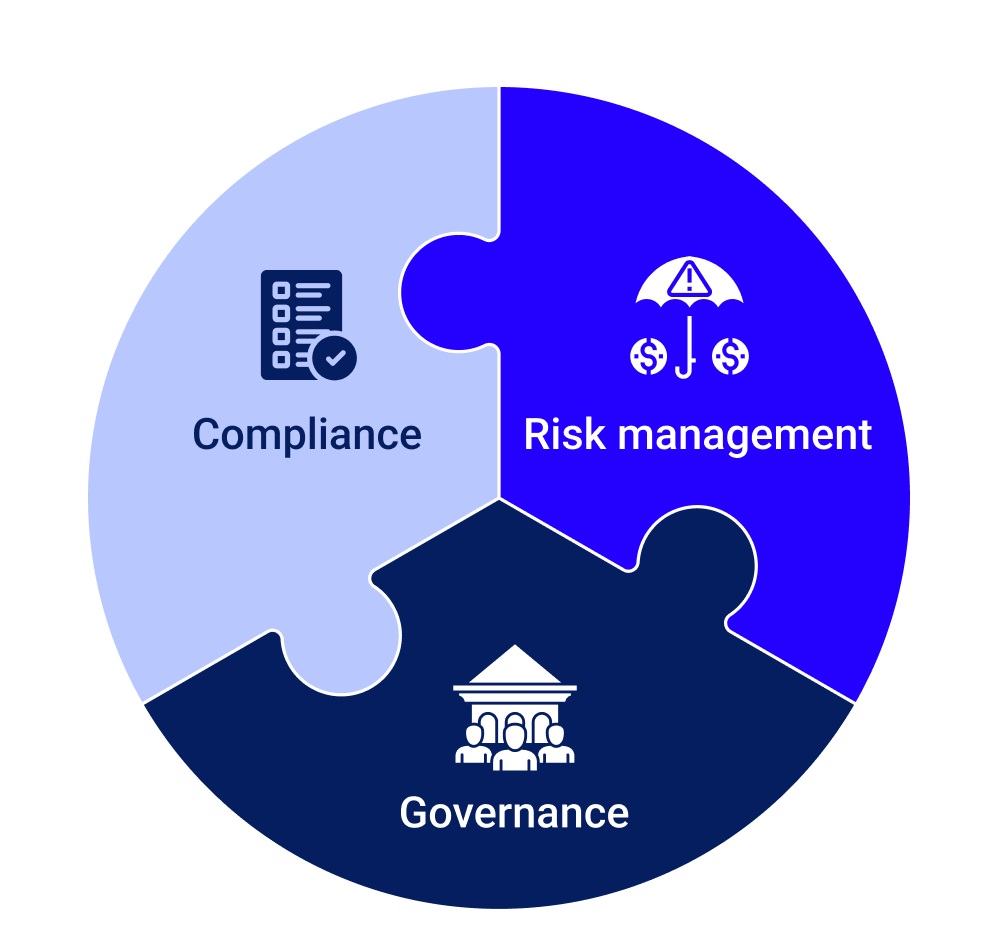Side letter agreements are important in private fund investing, offering tailored terms for specific investors. While they provide flexibility in addressing unique concerns, they also introduce complexities in compliance management. Despite recent SEC scrutiny, side letters remain as popular as ever. But let’s be honest: managing them can be a headache. The good news? With the right approach to side letter management, it doesn’t have to be.
Why Private Funds use Side Letter Agreements
Side letter agreements are separate arrangements entered into between private investment funds and certain select investors who need or want terms different from those provided in the fund’s standard offering documents.
Generally, funds are willing to use side letters with larger investors, as bigger investments often warrant more rights. The additional rights granted usually include “most favored nation” rights, co-investment opportunities, disclosure of certain information like portfolio holdings or exposures, liquidity (redemption) rights, and advisory board rights. However, side letters have grown in use as they become important for sensitive investors with certain limitations or restrictions. It is no surprise then that managing side letters has become a bigger part of the compliance management program.
Best Practices for Side Letter Management
1. Standardize Where You Can
Keep clauses simple and consistent (easier said than done, we know). Use templates for common terms like fees, reporting rights, and liquidity rights. Standardization ensures uniformity, reduces errors, and makes it easier to comply with specific terms. It also makes it easier to compare agreements and track deadlines. A solution like Skematic can assist with standardization by tagging and categorizing agreement clauses.
2. Have a Side Letter Library
You need a centralized repository for all of your compliance documents, but for side letters, it isn’t just a nice to have—it’s essential. Side letters are contracts that create obligations for more than one team in the firm. Keeping all side letters for each fund in one place provides a single source of truth for all teams. You no longer need to search through files or spreadsheet logs to find the most current version, and you do not need to check whether a side letter is still in effect.
3. Compare Agreements
Once you’ve standardized and centralized your side letters, comparing them becomes easier. Understanding how terms vary or overlap across agreements helps you negotiate better, ensure fairness among investors, and stay on top of stated obligations.
4. Cross-Reference to Other Requirements
Remember, side letters don’t exist in a void. Not only must the compliance team ensure compliance with obligations stated in the agreements, but they must also ensure the agreements stay aligned with your firm’s policies & procedures, and changing regulatory requirements. Here, cross-referencing is key:
- Your side letter action items should be included in your compliance management and workflow solution. This will help you stay on top of compliance obligations, collaborate with colleagues, and provide proof of compliance for regulators.
- Map your side letter templates to the policies & procedures that govern them (this becomes even easier if your compliance management tool centralizes these documents). If a policy or procedure changes, you should review your side letter clauses for continued compliance with the policy or procedure.
- Collaborate with other teams using your compliance management solution to stay informed about investor redemptions or other changes. You all should have a single source of truth.
5. Be Regulator-Ready
Staying regulator-ready doesn’t have to be daunting. Regulators want to see that you’re following your policies & procedures, complying with side letter terms, and ensuring fairness among investors. A compliance management tool that centralizes policies & procedures, tracks compliance tasks, compares agreements, and generates reports will help you prove compliance with ease.
6. Stay Updated on Regulatory Changes
Regulators, especially the SEC, are paying close attention to side letters—particularly regarding preferential treatment for investors. While such treatment is acceptable as long as everything is disclosed, staying ahead of regulatory changes and sentiment is critical. Other jurisdictions have fairness requirements, so make sure you’re compliant if you have foreign investors. In short: keep an eye on regulatory developments and examination trends to maintain compliance.
7. Leverage Technology
Let technology do the heavy lifting! A side letter management tool can track key terms, compare documents, and maintain version histories. Compliance task management and workflow features help keep your team accountable and provide an audit trail for regulatory exams.
Conclusion
Side letter management doesn’t have to be a hassle. By standardizing, centralizing, cross-referencing, and staying ahead of regulatory trends, you’ll not only ensure compliance but also make life much easier for your team.
Discover how Skematic can streamline your side letter management.Learn More



